You can trust Cyclingnews
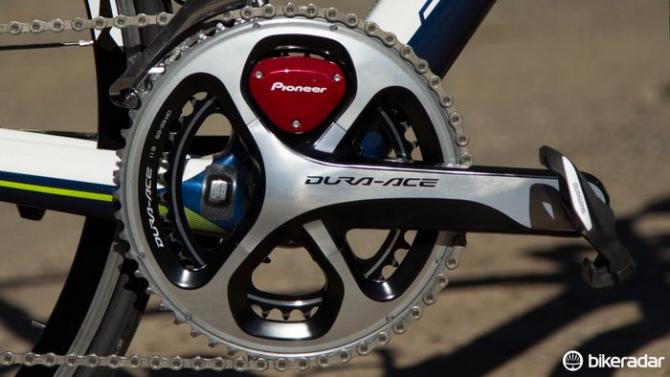
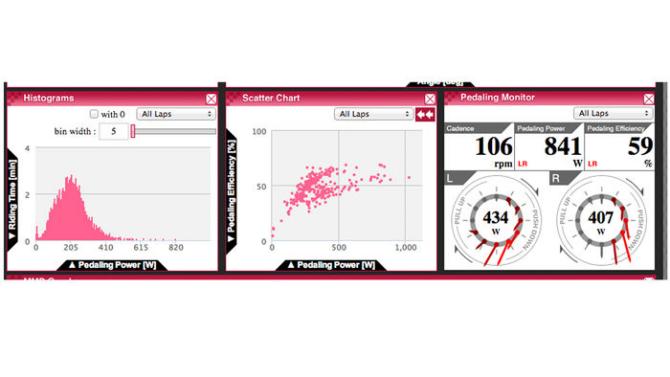
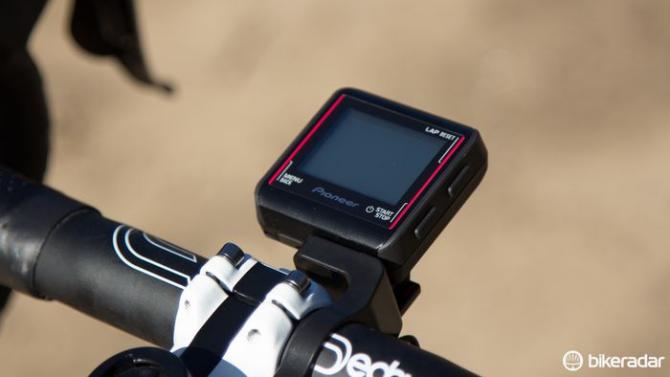
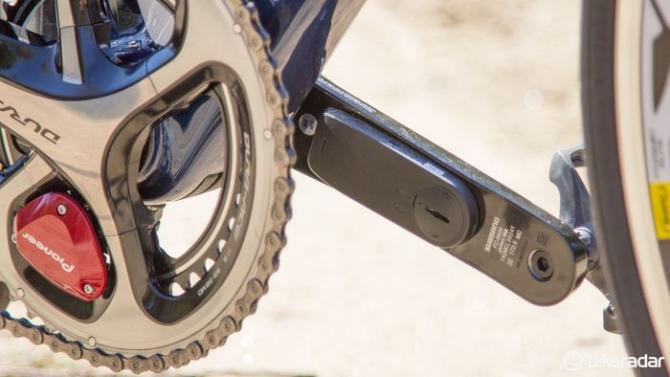
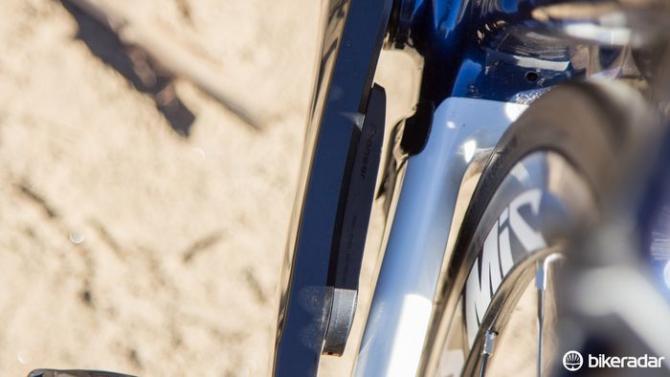
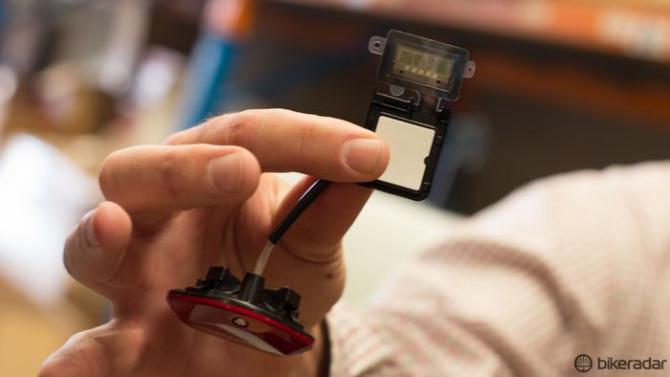
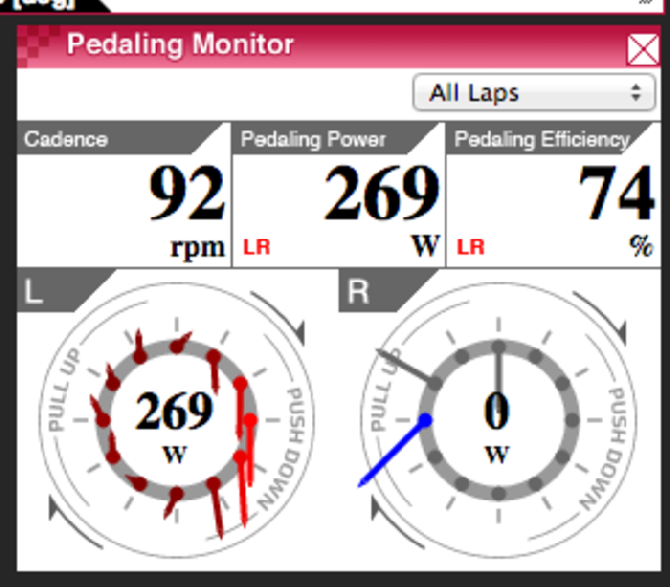

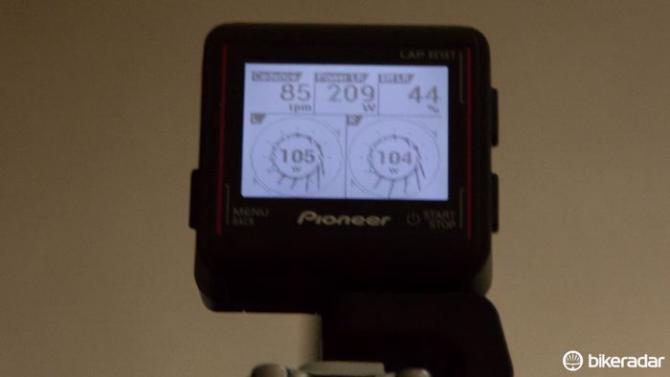
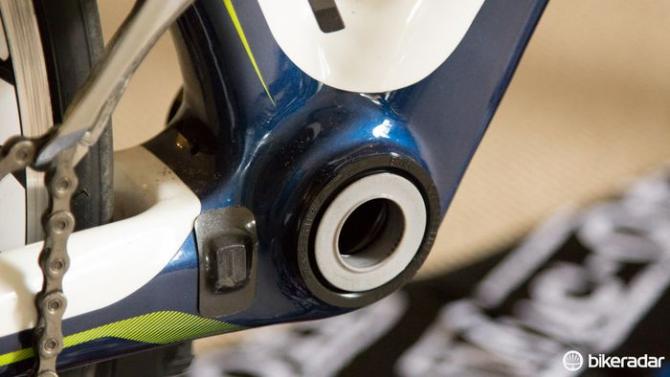
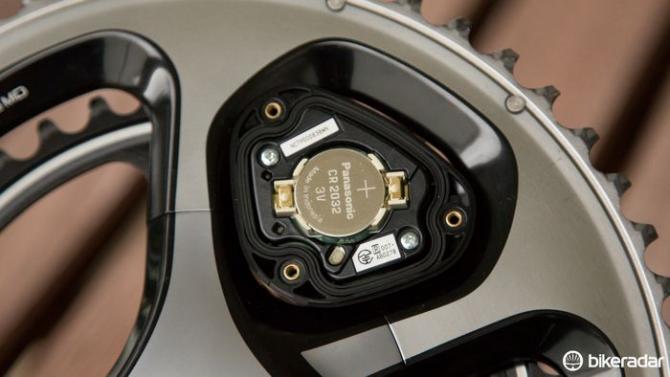
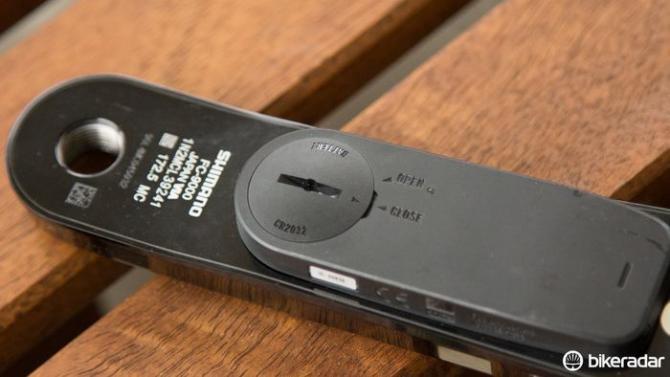
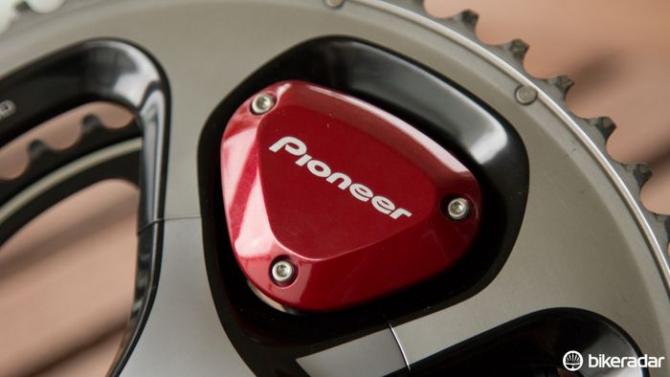
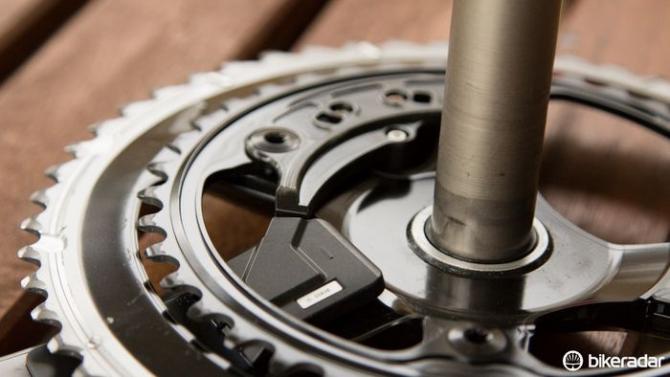
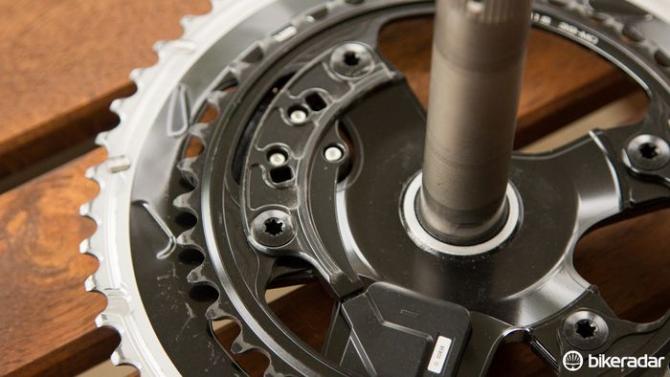
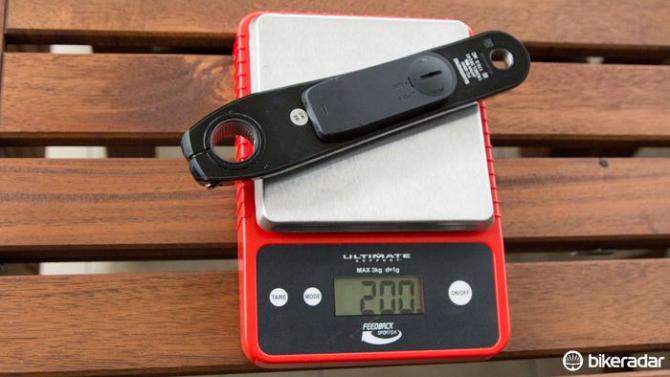
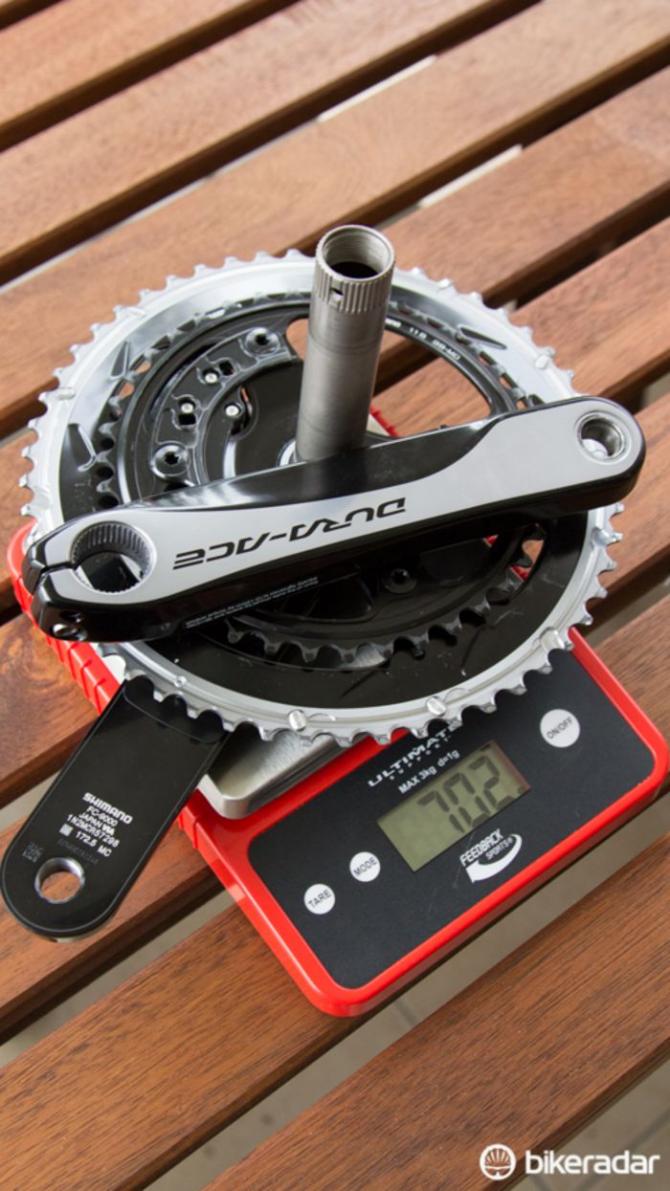
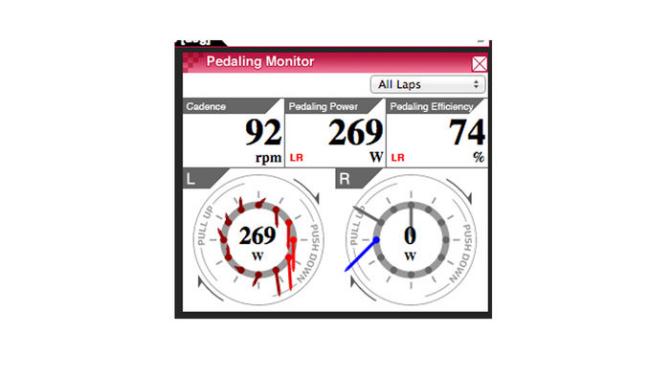
This article originally appeared on BikeRadar
The Pioneer Power meter (or SGY-PM910H) is the second generation of the original Pedaling Monitor System we reviewed last year. Released in February 2014, this revamped version offers a far cleaner look and setup along with a lower price.
Where we found the original to be a bit off the pace of the competition, our brief testing period has shown that this version has fixed many of our original complaints and when combined with Pioneer’s SGX-CA500 head unit, is a worthy option within the crowded and competitive power meter market.
As mentioned in our release summary, the new system is now available for either Shimano Dura-Ace 9000 or Ultegra 6800 cranks with various crank arm length and chainring configurations. The system can either be permanently installed on your existing cranks through an approved service centre (price quoted), or bought pre-installed with the cranks.
While the Pioneer can be set to ANT+ protocol and be used with a Garmin, Magellan or similar, its true strengths are only evident once linked with the new Pioneer SGX-CA500 (US$300 / AU$349) head unit, using its own wireless protocol. It’s in this combination that the Pioneer measures separate left and right force direction and power at 12 points every revolution, or every 30 degrees.
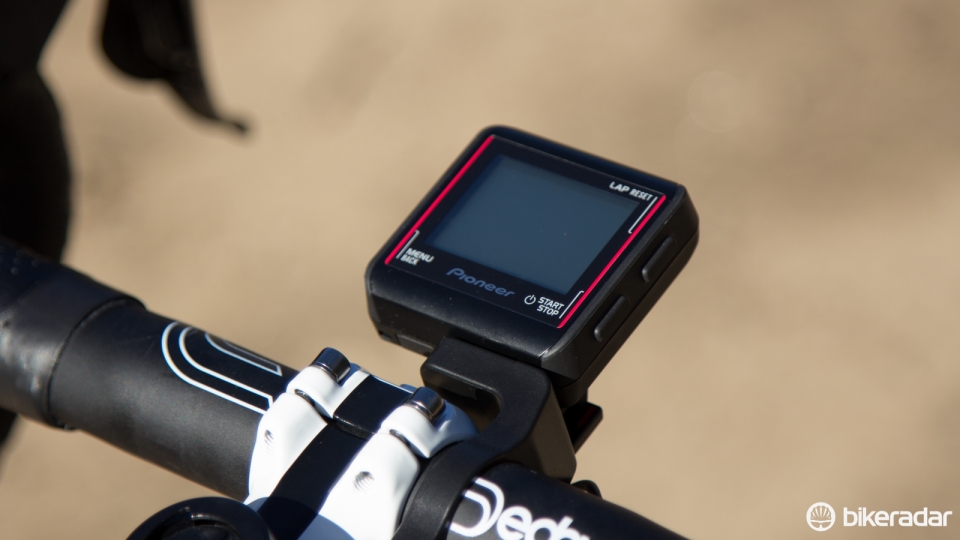
The new black and white screen Pioneer SGX-CA500 head unit
The Pioneer SGX-CA500 head unit features a touchscreen 1.87in black and white display that’s purpose built to receive the unique directional-force information from the Pioneer meter. It’s a solid computer in its own right, offering GPS tracking, Wi-Fi auto-uploads and ANT+ compatibility; we’ll be bringing you a separate more detailed review of the SGX-CA500 soon.
Setup: simplified but not class-leading
Switching between the two wireless protocols is done via the button within the drive-side sensor pod. To access this button (and the CR2023 battery), there are just three Allen-head screws to remove. Accessing the battery on the left arm sensor is simply done with a coin. Claimed battery life is 180 hours.
Where the left-side sensor was previously zip-tied in place, the latest version has the sensors epoxied in place – which needs to be carried out by an approved dealership. And gone is the bottom-bracket mounted magnetic ring, replaced with a single, simple adhesive or zip-tied magnet for each side of the frame.
The sensors are respectably lightweight, adding just 65g to a standard Shimano Dura-Ace 9000 crankset.
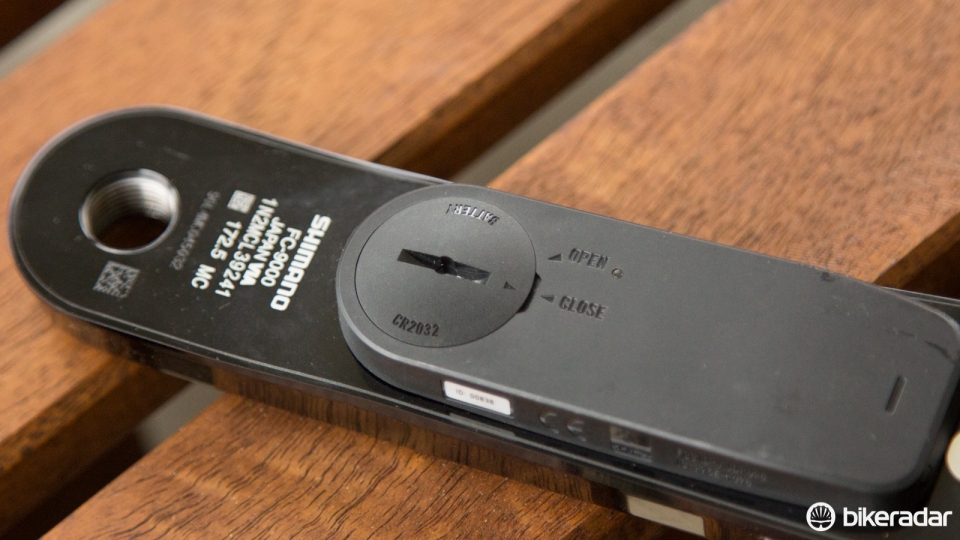
Some frames won't get along with the stack-height from the left sensor pod
The updated design does mean that it’s permanently fixed – so be prepared to take your crank with you if you swap bikes. There are compatibility issues with a few frames owing to the left power sensor's stack height, such as the current Trek Madone with its chainstay-mounted brake. This is a known issue with Stages power meters and others too.
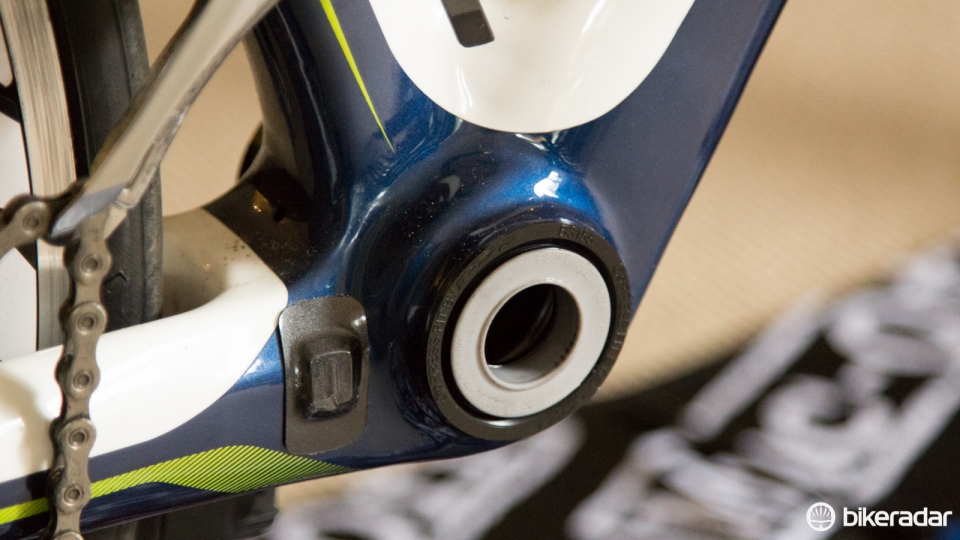
If your frame has the clearance, it will just be these stick-on magnets
Installation is far simpler now, but still not class-leading – it requires a magnet on each side to be stuck to the frame or, if there’s no room, zip ties with the alternative magnet brackets. The magnets are hardly visible, assuming your frame has clearance to use the stick-on magnets and it’s not white. If you are on a white bike or lack the clearance – requiring the alternative zip-tied arm-type magnets to be used – then it’s not going to be the prettiest setup.
On top of this, there’s a rather specific routine to calibrate the unit on first installation, something that Pioneer recommends is best left to qualified dealers.
On the positive note, once set up and calibrated, we found there’s little that can upset the readings. Even removing and re-installing the crank (on the same frame) doesn’t cause re-calibration issues. Additionally, with the drive-side sensor mounted on the spider, swapping chainring sizes won’t affect calibration.
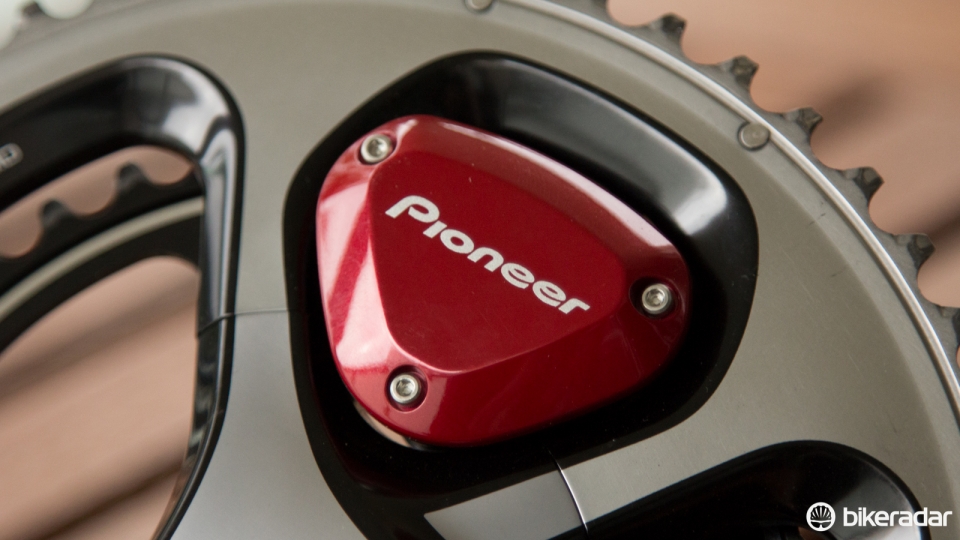
This red cover is easily replaced. We hope Pioneer will start to offer the 'pro-team' versions soon
The previously mentioned drive-side pod cover (pictured red) is a replaceable item and the power meter also includes a more subtle metallic grey cover to use. Team-issue greens and blues have also been spotted out there, and we hope Pioneer will offer these in future.
Ride: teaching ultimate accuracy
A good power meter should enable you to focus on your efforts (or the ride) and save you from worrying whether the data in front of you is correct. The Pioneer does just that, but only after it’s ‘taught’.
Pioneer has a unique feature, in that for ultimate accuracy it must be taught in ranging temperatures via zero calibrations – a process similar to resetting a digital scale down to zero (the zero calibration isn’t actually a reset, however, but rather a data recording that’s stored by the power meter itself). The reason for this is to teach the system how the crank’s material responds in various temperature conditions. The system holds up to six data points; riders living in mountainous regions or riding long distances in which temperatures can vary greatly over a single ride will benefit most from this feature.
It’s worth noting that the data is suitably reliable with its initial zero-calibration at installation, and then a second, one-off calibration after the first 30 minutes of riding the system as there is auto temperature adjustment. The multiple calibrations just ensure the data’s accuracy further in extreme conditions.
This feature is as tedious as it sounds, but zero-calibrating the system takes less than half a minute and once these steps are done, it’s smooth sailing from there.
Combined with the SGX-CA500 head unit, data pick up is without delay and subtle changes in pedalling power, style or cadence are instantly seen on screen.
As we’d found in our previous testing, the power output data was consistent with the likes of Powertap and Garmin Vector. Pioneer claims +/- 2% accuracy, but this is something we’d like to probe further in a longer-term review. Unlike what we experienced in our testing of the first gen, Gen 2 proved free of any data drifting issues and remained consistent with what we’d expect.
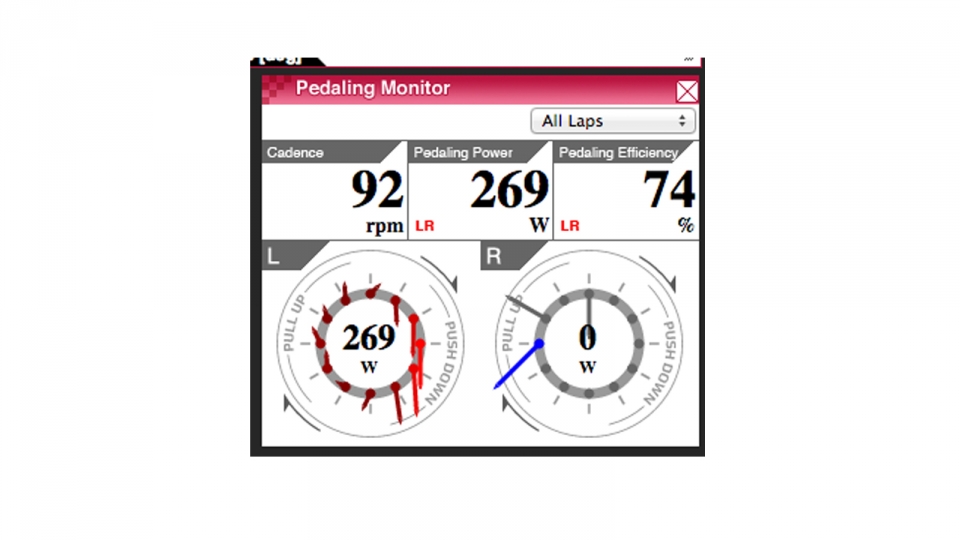
One legged pedalling shows the left and right power meters working independently
One-legged pedalling showed that the power meters were in fact working independently, with chain torque having absolutely no affect on our reading. In fact, at just under 300W on the left leg, with the right unclipped, the right leg read a correct zero.
Post-ride analysis: too much information?
Getting back to a computer and logging into Cyclo-Sphere is where one can really see the Pioneer’s vast data collected by the SGX-CA500 head unit, which syncs through Wi-Fi.
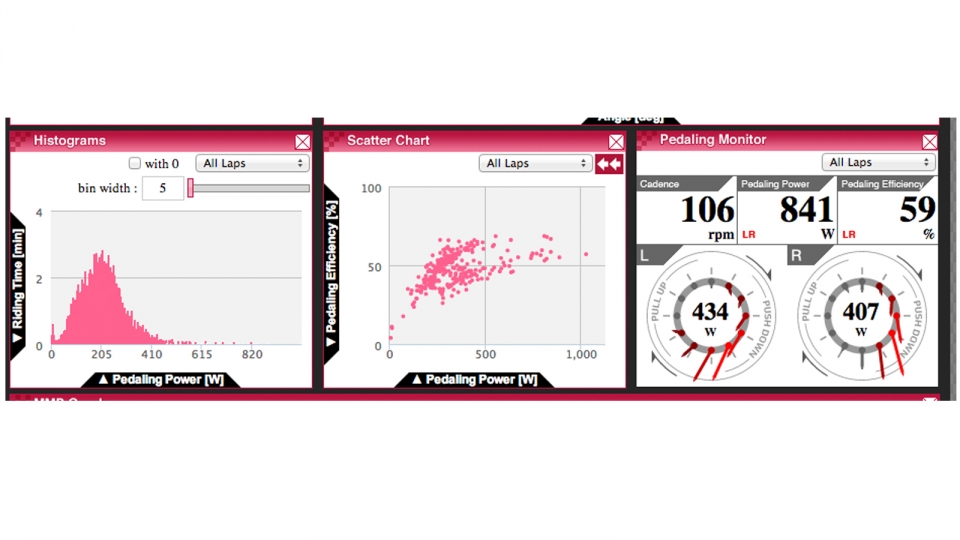
The force direction analysis is a cool feature, but just how much can we do with this data?
There’s a staggering array of data given and the ability to drill down into particular segments of your workout is simply done. Looking over the data, it’s easy to become obsessed with wanting to improve your pedalling balance and efficiency output, but it’s important to remember that’s it’s the overview of information that’s most useful.
As we’ve mentioned previously, we’re skeptical as to the day-day usefulness of the force analysis. Ben Day of DaybyDay Coaching, who's a Pioneer-sponsored athlete, told BikeRadar that the vector force analysis is an amazing tool, but one that the coaching world just doesn’t understand in full yet – and that there needs to be more research done before we can all benefit from this information.
Another point we highlighted in our original review was the pedalling efficiency score given by the head unit, with the percentage based on how even and drag free your pedal stroke is through a 360-degree revolution. Pioneer acknowledges this doesn't result in the most power, with the strongest of road pros having a dominant downstroke, so this particular feature is arguably more gimmick then training aid.
So the Pioneer is lightweight, reliable, easy to use (once set up) and offers an incredible amount of data. Is it perfect? No. The design is still limited to Shimano Dura-Ace and Ultegra cranks and once you add the cost of a crankset in, it still commands a rather high price.
However, in our original review we said that “the system needs improvement in reliability and aesthetics before it can become a serious competitor in the power meter game.” And based on this, it looks like the Pioneer Power Meter is ready to compete.
The price quoted (US$TBC / AU$1648 / £TBC) is for the Pioneer Power Meter alone (AUS price includes crank installation). The SGX-CA500 (US$300 / AU$349 / £TBC) computer is sold separately.